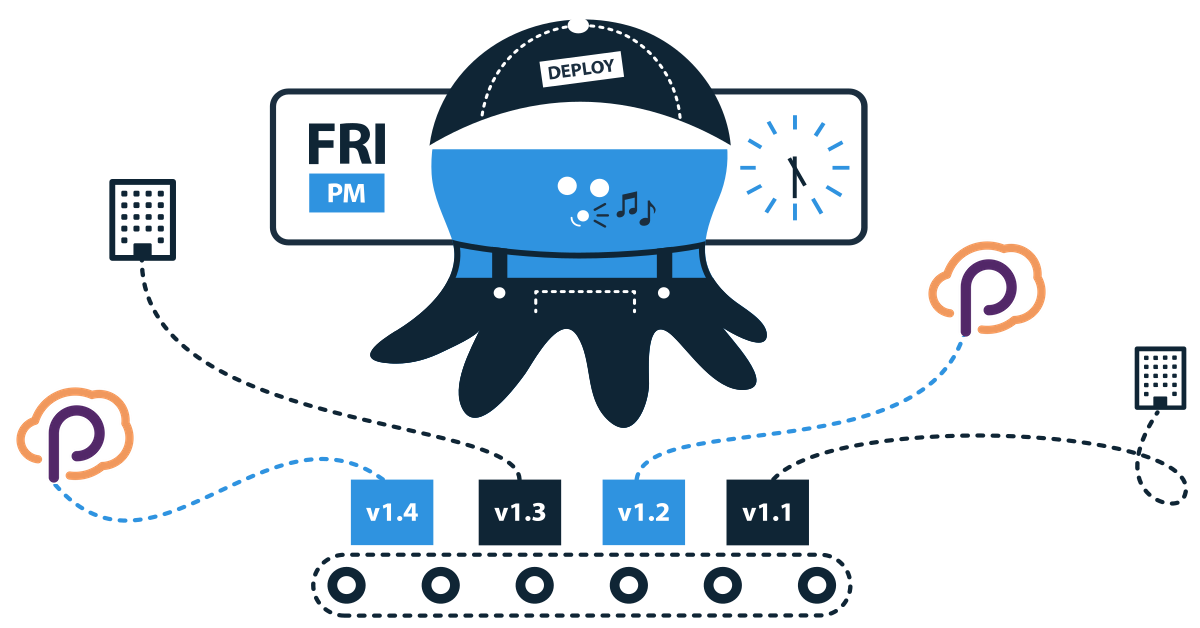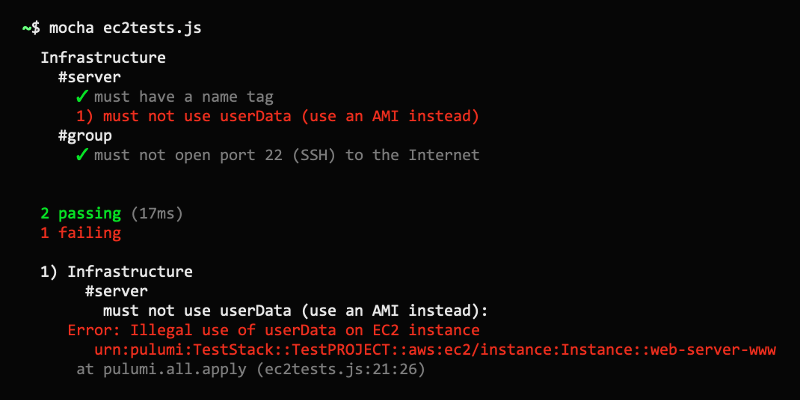Amp-up GitLab Merge Requests With Pulumi

We are excited to announce the launch of native support for integrating GitLab Merge Requests with Pulumi. By integrating your GitLab Projects directly with Pulumi, you can now approve your merge requests with confidence.








